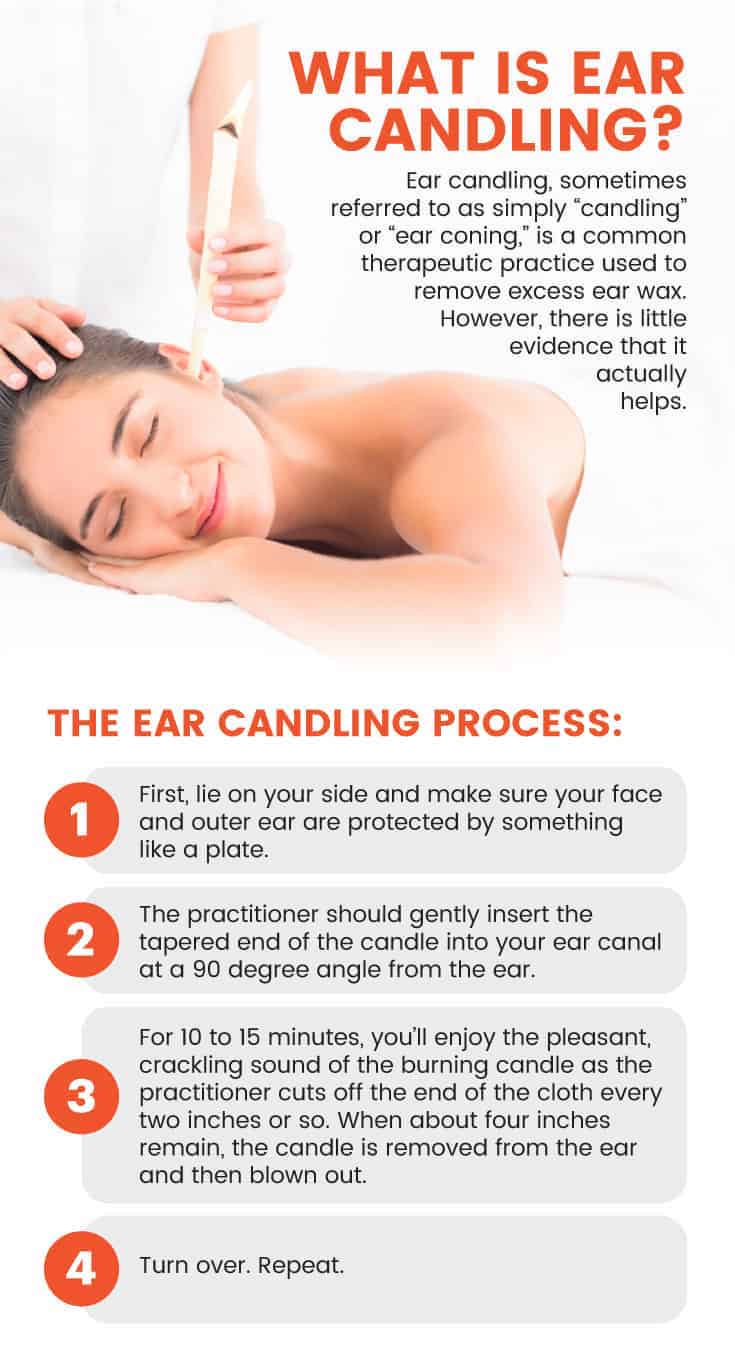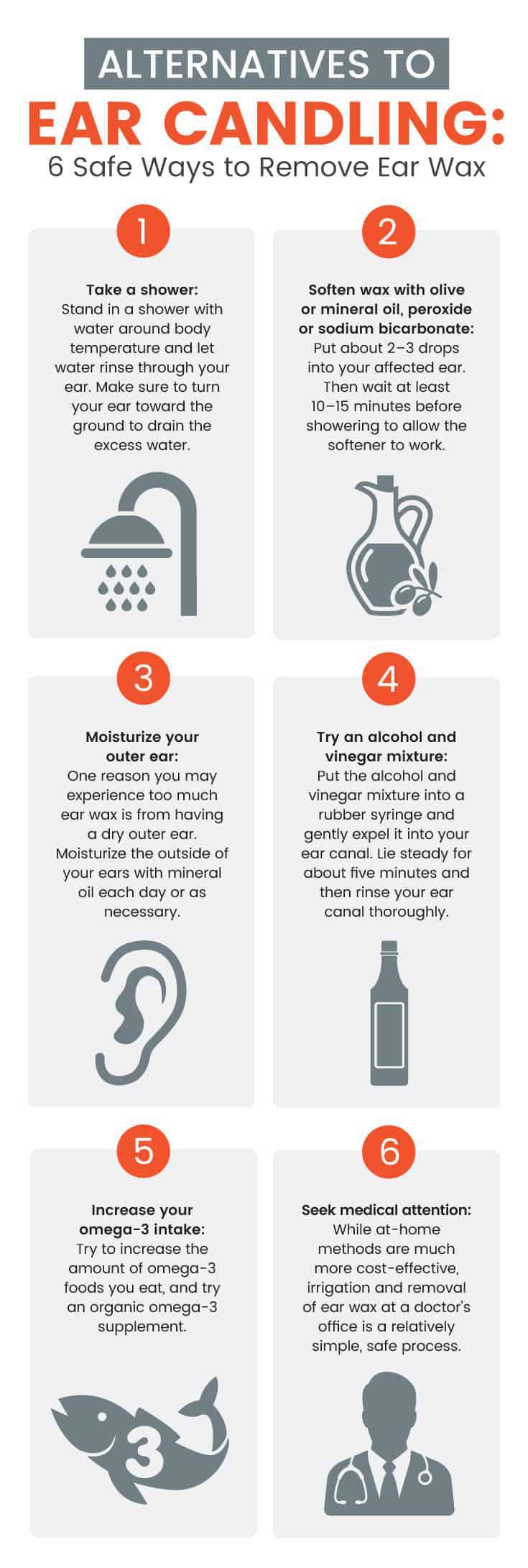This Dr. Axe content is medically reviewed or fact checked to ensure factually accurate information.
With strict editorial sourcing guidelines, we only link to academic research institutions, reputable media sites and, when research is available, medically peer-reviewed studies. Note that the numbers in parentheses (1, 2, etc.) are clickable links to these studies.
The information in our articles is NOT intended to replace a one-on-one relationship with a qualified health care professional and is not intended as medical advice.
This article is based on scientific evidence, written by experts and fact checked by our trained editorial staff. Note that the numbers in parentheses (1, 2, etc.) are clickable links to medically peer-reviewed studies.
Our team includes licensed nutritionists and dietitians, certified health education specialists, as well as certified strength and conditioning specialists, personal trainers and corrective exercise specialists. Our team aims to be not only thorough with its research, but also objective and unbiased.
The information in our articles is NOT intended to replace a one-on-one relationship with a qualified health care professional and is not intended as medical advice.
Does Ear Candling Work? + 6 Safe Ways to Remove Ear Wax
September 7, 2023

Perform a quick online search for “ear candling,” and you’ll be bombarded with millions results immediately. You’ll find claims ranging from “candling cures a wide number of diseases,” as well as removing ear wax, all the way to warnings about how dangerous and ineffective the process can be.
Ear candling, sometimes referred to as simply “candling” or “ear coning,” is a common therapeutic practice used in natural health centers all over the world. Practitioners often recommend this procedure to clients with hearing loss, vertigo, tinnitus, cold/flu symptoms and a long list of other symptoms.
However, the U.S. Food and Drug Administration (FDA) and similar organizations in other countries have outlawed claiming any sort of medical benefit of ear candling and cautioned the public to “just say no.”
Let’s try to separate the fact from fiction here, digging in to the background, process, pros and cons of ear candling and how to remove ear wax.
What Is Ear Candling?
An ear candle is a hollow cone created from unbleached fabric, usually linen, soaked in paraffin, beeswax or soy wax. The cone can range in length, averaging about a foot long.
First, you’ll be instructed to lie on your side and make sure your face and outer ear are protected by something like a plate. It will have a hole cut in the middle around the candle to avoid burns from wax drippings. Your practitioner should gently insert the tapered end of the candle into your ear canal at a 90-degree angle from the ear.
For 10 to 15 minutes, you’ll enjoy the pleasant, crackling sound of the burning candle as the person burning it cuts off the end of the cloth every two inches or so. When about four inches remain, the candle is removed from the ear and then blown out.
Turn over. Repeat. Then, look at the disgusting gunk that came out of your ears.
How could all of that stuff have been in my head, you ask?
Supposedly, ear candling creates a vacuum inside the ear in order to draw out ear wax. Because of the buildup in the ear canal seen on the burned candle, it’s easy to see why people prescribe ear candles for things such as:
- Excess ear wax
- Swimmer’s ear
- Headaches
- Tinnitus
- Vertigo
- Hearing loss
- Sinus infection
- Cold/flu symptoms
- Stress
So, here we have the million-dollar question: Does it really work?

The Proposed Benefits
Many claim that ear candling is an “ancient” health practice. While it does seem clear that various cultures have practiced candling for some time, the timeline and origins of this process are uncertain.
It seems that coning was practiced in China, some parts of the Americas (before colonization) and Tibet. While you’ll find some claims about the Hopi Indian tribe, its Tribal Council has publicly stated that its people do not and have never practiced ear candling.
Like many old natural medicine practices, ear candling resurged in popularity in modern culture in the 1980s. Because of their inability to stand up to scientific scrutiny, ear candling kits are not permitted to be marketed for health conditions in the U.S. or Canada. They can only be legally marketed “for recreational purposes only.”
The FDA conducted large seizures in 1993 in Ohio and in California in 1998 for creating these misleading claims.
It took a stronger stance in 2010, openly warning consumers to avoid these items and writing warning letters to at least three large ear candle manufacturing firms. Still, there are various companies marketing at-home candling kits and offering in-office ear candling services.
Some reports indicate that the practice of ear candling was not originally intended to remove ear wax at all. Instead, ancient doctors are said to have performed coning (as it’s referred to in historical literature) as a way to relax the senses and create a sense of calm.
A controversial “Letter of Recommendation” was released in the New York Times in 2016 in favor of ear candling — not as a method for ear wax removal, but as a way to slow down with a circle of close friends, put away phones and simply spend time in a peaceful atmosphere.
It’s possible that ear candling sessions offer some therapeutic value, if for no other reason than the crackling fire sound accompanied by up to an hour of stillness.
Natural stress relievers, including meditation and stillness, certainly provide benefits. However, it’s also very important to ensure the benefits outweigh the risks of any stress-relief trick.
Does It Actually Work?
Our preliminary question should actually be, “Do I need to remove excess ear wax?”
The answer, in most cases, is “no.”
Ear wax, or “cerumen,” is present in the ear on purpose. For the vast majority of people, wax removal is completely unnecessary. (Yes, you should pay attention to the warning on the Q-tips® box.)
The ears are designed to self-clean. They should almost always function normally by sloughing off ear wax as necessary, discarding it outside the ear. Sometimes people experience a hardening of ear wax.
Overall, the process of ear wax removal is simply not a common need. However, if you are experiencing excess ear wax, should you turn to ear candling as a safe, proven method to remove the wax?
Let’s look at the science behind this procedure.
Research shows that ear candling results in no ear wax removal whatsoever. Sometimes it even leaves behind candle wax inside the ear canal as well as powdery ash.
In addition, many proponents of candling/coning insist that the gunky residue left inside the candle after its use proves that the practice removes “impurities.” Unfortunately, the evidence is overwhelming that the gunk is nothing more than candle leftovers.
The way a used ear candle looks inside is the same, whether or not you burn it attached to an ear or out in the air.
Finally, WebMD, the American Academy of Audiology and the Mayo Clinic (as well as other respected sources) warn patients of the potential dangers resulting from ear candling, including burns, candle wax deposits in the ear and even hearing loss.
This is probably one reason why Edzard Ernst, a renowned complementary medicine practitioner, said that, “The inescapable conclusion is that ear candles do more harm than good. Their use should be discouraged.”
Risks and Side Effects
1. You can get burned — literally
Otolaryngologists (the ear, nose and throat doctors) have said in various surveys that some injuries they’ve treated as a result of candling include burns on the face, ears and neck.
One Canadian ENT physician reported a case of a patient who had been so badly burned during one session that his ear canal was damaged and his eardrum perforated. Apparently, an entire day was dedicated to the reconstruction of his ear.
There also is always the danger of starting a house fire when candles are involved.
2. You may end up with candle wax and ash inside your ear
Most of the reported damage that occurs during ear candling involves a deposit of candle wax within the ear. This then has to be removed by a doctor.
A case presented in Canadian Family Physician described a middle-aged woman who visited her general practitioner after an ear candling session in which the person doing the session burned herself and subsequently poured wax into the patient’s ear.
After an internal ear examination, the doctor found a piece of solidified candle wax in the patient’s ear. She then had to be put under general anesthesia and have the wax piece removed by an otolaryngologist. The doctor also located a small tear within the ear that resulted in hearing loss that did not improve after a month of recovery.
Another case study discussed a 4-year-old girl who had an ear infection. During her examination, her doctor found white deposits on her eardrum that were confirmed to be the result of a recent ear candling session.
After the publication of an article on ear candling on AudiologyOnline, students in an audiology program at Nova Southeastern University contacted the website after conducting an experiment to figure out what exactly ear candles left behind.
They examined detailed internal photos of the ear before and after ear candling, discovering that the candle ash left behind built up visibly after the first and second sessions. In fact, after irrigation (the commonly accepted medical practice for ear cleaning), the white powdery residue still remained on the tympanic membrane.
3. Your hearing could be negatively affected
Often in correlation to the internal burns left behind, people can experience hearing loss after ear candling.
As a significant deficit of hearing is commonly associated with nerve damage, various diseases or medication side effects, combined with the fact that additional hearing loss is a potential risk factor for ear candling, this “treatment” option can be doubly problematic.
As you can probably tell, there is nothing that suggests ear candling is in any way worth the risks it involves. If you are interested in natural methods to remove ear wax, there are several simple and non-invasive options to try, all without the risk of setting yourself on fire.
Alternatives to Remove Ear Wax Safely
1. Take a shower
Your first option is the simplest — just stand in a shower with water around body temperature and let water rinse through your ear. Feel free to stand there until you feel the clearing of your ear. Then make sure to turn your ear toward the ground to drain the excess water.
2. Soften wax with oil, peroxide or sodium bicarbonate
If a water-only rinse doesn’t seem to help, there is evidence that using safe items to soften ear wax before rinsing your ears again can help remove excess wax buildup.
Some of the best options are mineral oil, olive oil, hydrogen peroxide and sodium bicarbonate (the active ingredient in baking soda).
When using these items, you can drop about two to three drops into your affected ear. Then wait at least 10–15 minutes before showering to allow the softener to work. You shouldn’t have to perform this method more than once a month.
Please note: Do NOT use baby oil or essential oils in your ear unless expressly directed by your physician. These can be dangerous to the sensitive parts of the ear canal. You also should NEVER try this method if you have had ear surgery or have a hole in your eardrum.
3. Moisturize your outer ear
One reason you may experience too much ear wax is from having a dry outer ear. When dry skin flakes into your ear, it can harden the wax and interrupt the body’s normal process.
You can moisturize the outside of your ears with mineral oil each day or as necessary.

4. Try an alcohol and vinegar mixture
A well-known homeopathic remedy for ear wax that can help to clean your ears is equal parts rubbing alcohol and vinegar. Put the alcohol and vinegar mixture into a rubber syringe, and gently expel it into your ear canal. Lie steady for about five minutes, and then rinse your ear canal thoroughly.
5. Increase your omega-3 intake
There is some limited evidence that a deficiency in omega-3 fatty acids can cause an increase in ear wax. Try to increase the amount of omega-3 foods you eat, and try an organic omega-3 supplement. The other health benefits are worth continuing to take such supplements, even if you notice your ear wax level off.
6. Seek medical attention
Still concerned about wax in your ears? It’s probably time to visit an otolaryngologist. While at-home methods are much more cost-effective, irrigation and removal of ear wax at a doctor’s office is a relatively simple, safe process.
Final Thoughts
- Ear candling is a homeopathic remedy practiced for what appears to be centuries and still practiced today.
- There is no scientific evidence that ear candling provides any health benefits.
- Current research indicates that ear candling is completely ineffective in removing ear wax. It actually may deposit ash or candle wax within the ear canal.
- Because of the dangers of burns, foreign objects within the ears and eardrum injury, ear candling should be considered dangerous and unnecessarily risky.
- If you’re looking for ways to relieve stress, steer clear of ear candles, and find safe, non-invasive stress relief methods, such as massage, essential oils and meditation.
- Most people do not need to remove excess ear wax because the ear is self-cleaning. If you are wondering how to remove ear wax, there are natural methods you can try at home. These include rinsing your ear, softening ear wax with mineral oil or peroxide, and a few others worth trying.
- Increasing your omega-3 intake may help reduce ear wax production.
- If you experience hearing loss, pain in the eardrum, dizziness or any other serious health symptom relating to your ears, consult a physician immediately.
